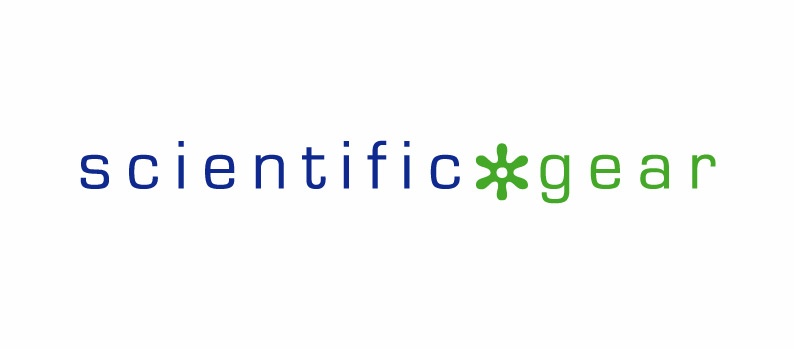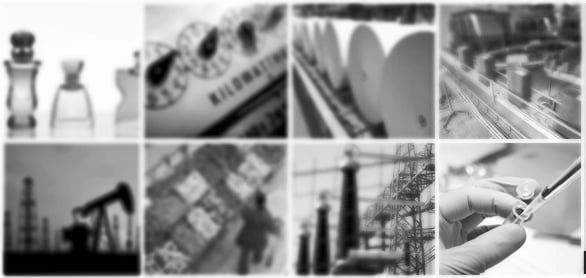There is sometimes confusion about water activity and how it relates to water content. Water content is how much. Water activity (aw) tells us about the energy of the water. Both are measurable.
Water Content
We know a lot about water content and how to measure it using various popular methods including loss on drying, Karl Fischer titration, capacitance and more. Water content is typically expressed in % or Parts Per Million (PPM).
Water Activity
Water Activity is the amount of unbound water in a sample. Water that is not bound to the ingredients themselves can be used by unwanted microorganisms which could lead to one of the contributing factors for food spoilage. Water activity is a  thermodynamic measure of water expressed as the vapor pressure of water in a sample divided by vapor pressure of pure water at a given temperature.
thermodynamic measure of water expressed as the vapor pressure of water in a sample divided by vapor pressure of pure water at a given temperature.
Water Activity is based on a scale from 0.0 to 1.0

The more unbound water we have the more likelihood we have for microbial spoilage. Water Activity (aw) Meters measure the unbound water vapor pressures to determine microbial spoilage, chemical and physical stability.
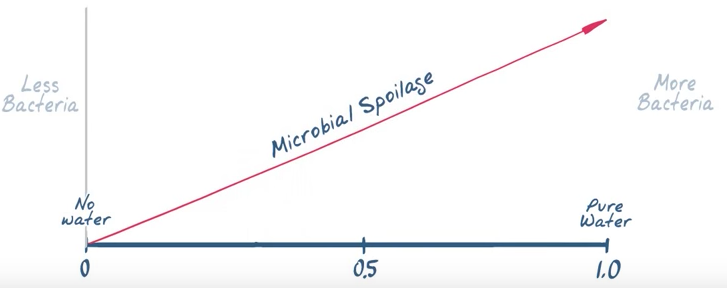
Well documented and scientifically established guidelines that are also supported by FDA regulations outline these thresholds of microbial limits using a water activity (aw) range or scale. This water activity (aw) range provides the lowest rating for inhibition of microorganism and other degradative chemical and physical reactions that effect shelf life in foods (see chart below).
| Range of aw | Microorganisms generally inhibited by lowest aw in the range | Foods generally with this range |
| 1.00-0.95 | Pseudomonas,Escherichia,Proteus,Shigella,Klebsiella,Bacillus,Clostridium perfringens, some yeasts | Highly perishable foods and canned fruits, vegetables, meat, fish, milk, and beverages |
| 0.95-0.91 | Salmonella, Salmonella, Vibrio parahaemolyticus, C. botulinum, Serratia, Lactobacillus, Pediococcus, some molds, yeasts (Rhodotorula, Pichia) | Some cheeses (Cheddar, Swiss,Muenster, Provolone), cured meat (ham), bread, tortillas |
| 0.91-0.87 | Many yeasts (Candida, Torulopsis, Hansenula), Micrococcus | Fermented sausage (salami), sponge cakes, dry cheeses, margarine |
| 0.87-0.80 | Most molds (mycotoxigenic penicillia), Staphyloccocus aureus, most Saccharomyces (bailii) spp., Debaryomyces | Most fruit juice concentrates, sweetened condensed milk, syrups, jams, jellies, soft pet food |
| 0.80-0.75 | Most halophilic bacteria, mycotoxigenic aspergilli | Marmalade, marzipan, glacé fruits, beef jerky |
| 0.75-0.65 | Xerophilic molds (Aspergillus chevalieri, A. candidus, Wallemia sebi), Saccharomyces bisporus | Molasses, raw cane sugar, some dried fruits, nuts, snack bars, snack cakes |
| 0.65-0.60 | Osmophilic yeasts (Saccharomyces rouxii), few molds (Aspergillus echinulatus, Monascus bisporus) | Dried fruits containing 15-20% moisture; some toffees and caramels; honey, candies |
| 0.60-0.50 | No microbial proliferation | Dry pasta, spices, rice, confections, wheat |
| 0.50-0.40 | No microbial proliferation | Whole egg powder, chewing gum, flour, dry beans |
| 0.40-0.30 | No microbial proliferation | Cookies, crackers, bread crusts, breakfast cereals, dry pet food, peanut butter |
| 0.30-0.20 | No microbial proliferation | Whole milk powder, dried vegetables, freeze dried corn |
*Adapted from L.R. Beuchat, Cereal Foods World, 26:345 (1981)
Pure water that is unencumbered has more energy and therefore can be available and used to do bad things by microorganisms. As water comes in contact with a material substance the water's energy and water activity (aw) decrease. Water reacts differently with different material substances and can have a higher or lower water activity rating* (aw). A water activity (aw) number closer to the top of the chart closer to 1.00 has a higher water activity while those lower have less.
Understanding and documenting how water activity is effected by different material substances provides valuable information. Using this information provides a way for us to take proactive measures to lower water activity as we seek to improve microbial, chemical and structure stability of foods, pharmaceuticals, and other materials.
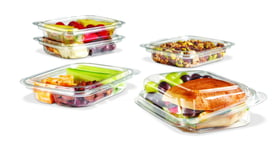
Packaging to improve shelf life
Equilibrium of ingredients to make foods last longer
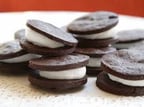
Explore multi-ingredient products where water activity in each ingredient will seek to equilibrate and change the overall water activity (aw) result of the product. This can trick people who only look at water content of each ingredient and or even the water activity individually.
